History of Cusco is great and legendary, Cusco was built in a valley that bears the traces of settlements in 1000 BC, although the Cusco valley was inhabited by different tribes hundreds of years before the arrival of the Incas.
It grew into a city when the Incas made Cusco their capital. The city, called Qosqo by the Incas, was a sacred site, filled with temples and palaces which according to legend resembled the shape of a puma, evoking ancient mythological figures.
Shape of Puma? Cusco Inca City
Sacsayhuaman fortress represented the head of the puma, while the body was portrayed by the city, which spread out between two rivers: the Saphy and the Tullumayo, which have since been channeled under streets with the same names. The spot where the two rivers flowed into each other, now marked by a fountain, was known as Pumaqchupan, or "the puma's tail".
The temples and palaces of the puma city were one-storey buildings, capped off by twin-eaved straw roofs, or circular constructions which leaned to one side to facilitate rainwater drainage.
Inca architecture in Cusco
The unique characteristic of Inca architecture which amazed the first Spaniards to enter the city, and which continues to inspire admiration amongst visitors today, was the quality of the polished stone and perfect dovetailed fit between stone blocks.
Despite the fact the Incas were unfamiliar with iron, they achieved this extraordinary level of stonemasonry thanks to their familiarity with their working material and the skillfuI use of their simple tools, such as hard quartzite stone.
It is believed that the Inca constructions needed a large labor force, something which could only have been possible in a highly organized.
Cusco stood out for the sober architecture of its walls and their characteristic sloping quality which made them more resistant to the frequent earthquakes in the area. These walls, often built from andesite and diorite, did not always have the same appearance.
Inca Constructions in Cusco
The massive, rectangular shape of Qoriqancha and Acllahuasi (now Loreto street), and the smaller-scale rectangular Cusiqancha (today the Santo Domingo square in front of the Qoriqancha). The irregular geometric shape, meanwhile can be seen at Hatun Rumiyoc Street.
The dominating elements in this city must have been Sacsayhuaman, Qoriqancha and the Sunturhuasi, a circular tower that stood three or four storeys high which apparently was built in the main square, which occupied what is today the Plaza de Armas, the Plaza Regocijo, the two blocks that separate them, and the block around Hotel Cusco. The pattern in which housing was grouped, and buildings in general, was called a kancha, a rectangular area surrounded by stone walls, generally with a single entrance.
Inside, distributed symmetrically, were two to eight constructions which were single-storey and single-cell. The kanchas were linked up by narrow streets which gave the city an octagona shape made up of a system of straight streets.
One of the peculiarities of Cusco Inca City was its perfect adaptation to the topography of the valley and its natural contours, which in many cases made the original quadrangular shape bulge out and the streets become winding alleys.
Cosmic Vision of Inca Culture in Cusco
Another characteristic of Inca Cusco, which responded to the cosmic vision of the ancient Cusco inhabitants, was its division into two halves, the Hanan and Hurin, above and below each of which was in turn subdivided into two halves again.
A reflection of the division of the empire into four realms or suyos: Chinchaysuyo, Antisuyo, Collasuyo and Contisuyo. The city was divided into four parts by the four roads that led out of the city and headed for the four suyos.
Sacred Places of Cusco or Inca’s Ceques
A complementary system of spatial organization in Inca Cusco was that of the ceques, imaginary lines that radiated from the Temple of the Sun in the direction of die four suyos and which linked up, with shrines or temples in Cusco. In each of the sectors of the Chinchaysuyo, Antisuyo and Collasuyo there were nine ceques, and fourteen in the Contisuyo.
The number of huacas (sacred monuments generally used as tombs), according to a list written down by chronicler Bernabe Cobo, totaled 333.
One should remember that the Incas held sacred not only temples like the Qoriqancha, but also the sites where the rulers were born, as weIl as the places where their relics, were left behind. The Incas also worshipped large stones, springs, rivers and lakes as well as caves.
Cusco Inca’s City
The unique nature of the Inca capital was further compounded by the fact it was surrounded by terracing which spread beyond the two rivers that formed the city limits. Today one river flows underneath the streets of Saphy, Plateros and Avenida El Sol, while the other runs underneath Choquechaca and Tullumayo.
These fields, which were treated with care, formed a buffer zone which isolated the sacred quarter in the center of the city. The Inca neighborhoods where the common folk lived were built around this buffer zone. Which most chronicler said numbered twelve, starting at Tokokachi (today San Blas), these were: Munaysenqa, Rimajpampa. Pumajchupan, Qoripata, Cayauqachi, Chaquillchaca, Picchu, Qarmenqa, Wakapunku, Qolqampata and Qantupata.
Inca’s main part of the city also covered a vast and densely populated suburban area which stretched across a radius of up to 5 km. In total, according to the calculations of Santiago Agurto, the Inca capital covered an area of 476 hectares, of which 88ha belonged to the sacred quarter, 105ha lay in the buffer zone and 283ha were covered by surrounding areas. The suburban sector, meanwhile, could have covered an area of 500 ha.
Inca Culture and History of Cusco
Cusco was the city discovered by the Spaniards and which sparked admiration among many of them, including Pedro Sancho, Francisco Pizarro's secretary, who noted down in an account for the Spanish king: "The city of Cusco, as it was the main city of all those which served as a residence for the lords, is so great, so beautiful and with so many buildings, that it, would be worthy of being seen in Spain."
Chroniclers such as Friar Antonio de la Calancha (1638) compared the architectural grandeur and religious importance of prehispanic Cusco with the pagan splendor of the ancient cities of Babylon and Caesar's Rome.
Its administrative organization, which subdivided quarters according to origin and specialty of the craftsmen, its architectural harmony, wisely adapted to the landscape and weather; the efficient conservation of the environment and the ingenious provision of natural resources to keep the economy humming made the Cusco of the Incas.
The finest model of social organization that this civilization bequeathed to the Andean world. The city features unique characteristics that can still be admired today, and which inspires a universal fascination.
FAQs History of Cusco
What is the history of Cusco?
Cusco, the ancient capital of the Inca Empire, has a history that dates back more than 3,000 years. It was inhabited by various tribes before the arrival of the Incas, who made the city a religious and political center. According to legend, the city was built in the shape of a puma, representing the Andean worldview.
Why does Cusco have the shape of a puma?
According to the Andean worldview, Cusco was designed to represent the shape of a puma, a sacred animal. The city and its architecture were oriented to reflect this mythological figure, with the puma's head represented by Sacsayhuaman and the body by the city, which stretched between the Saphy and Tullumayo rivers.
What was the importance of Inca architecture in Cusco?
Inca architecture in Cusco was notable for its solidity and adaptation to the environment. The Incas built with high-quality stones, using a masonry system so precise that the blocks fit perfectly without the need for mortar. This allowed the structures to withstand frequent earthquakes in the region.
What are the most important architectural elements of Cusco?
The most important architectural elements of Cusco include the archaeological park of Sacsayhuaman, the Qoriqancha (Temple of the Sun), and the Plaza de Santo Domingo. These structures represented power and connection to the sacred in Inca civilization, with designs following geometric and astronomical principles.
What is the Andean cosmovision in Cusco?
The Andean cosmovision is the worldview that the ancient inhabitants of Cusco had, based on duality and their relationship with nature. The city was divided into two halves: Hanan and Hurin, representing the upper and lower worlds, and also reflected the division of the Inca Empire into four regions (suyos).
What were the "ceques" in Cusco?
The "ceques" were imaginary lines that radiated from the Temple of the Sun in Cusco to the four suyus of the Inca Empire. These ceques connected sacred places and temples throughout the city and formed a system of religious and spatial organization for the inhabitants of Cusco.
What are the "huacas" in Cusco?
The "huacas" are sacred places that the Incas worshipped. These huacas could be temples, springs, rivers, lakes, stones, mountains, and other natural or artificial sites where gods were worshipped. In Cusco, there were more than 300 huacas, which served as centers of worship and spiritual connection.
What was the social organization of Cusco in the Inca era?
The social organization of Cusco was based on the structure of the Inca Empire, which was divided into four suyus. Within the city, neighborhoods were organized based on the origin and specialization of the artisans, and there was a hierarchical division between the nobility, priests, artisans, and farmers.
What was the importance of the rivers in the history of Cusco?
The Saphy and Tullumayo rivers were fundamental to the city of Cusco. These rivers marked the boundaries of the city, and their waters were channeled through streets that were named after them. They were also sacred and represented the connection of the inhabitants with nature and the gods, being crucial for the daily life of the city.
What was the size of Cusco in the Inca era?
The city of Cusco covered an area of approximately 476 hectares, of which 88 hectares were part of the sacred neighborhood, 105 hectares formed the buffer zone, and 283 hectares corresponded to the peripheral areas of the city. The city was densely populated and efficiently organized to meet the needs of its population.

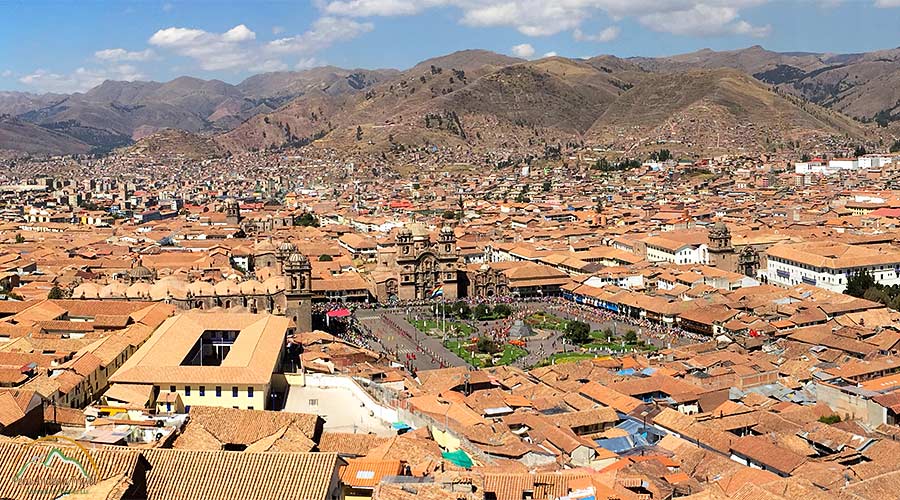
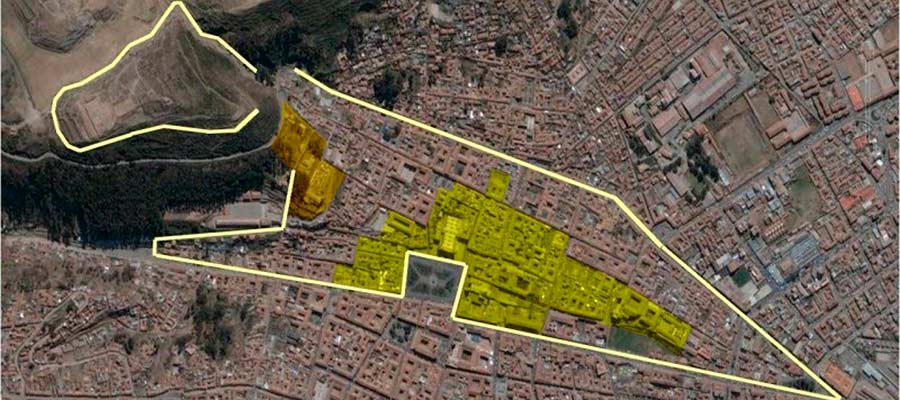
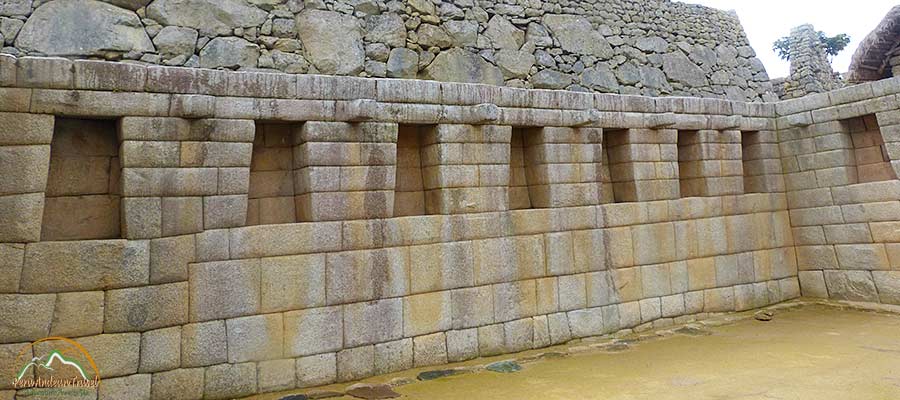
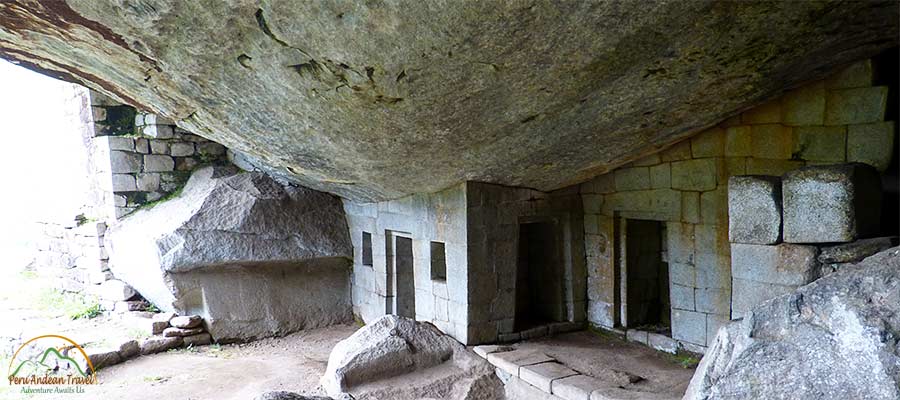
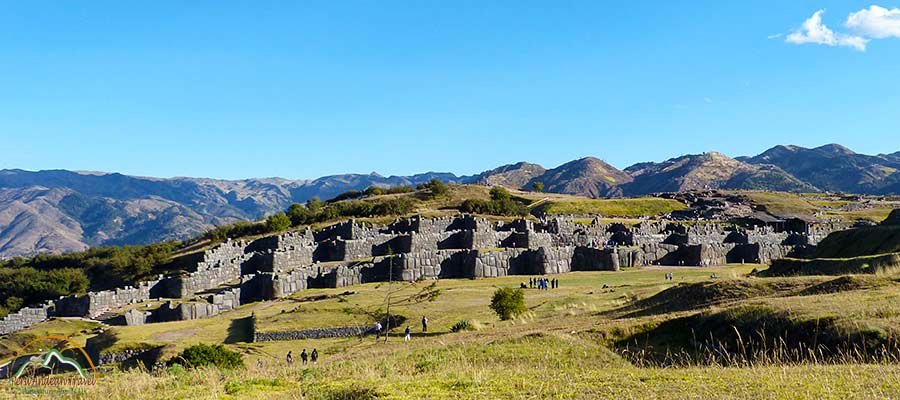
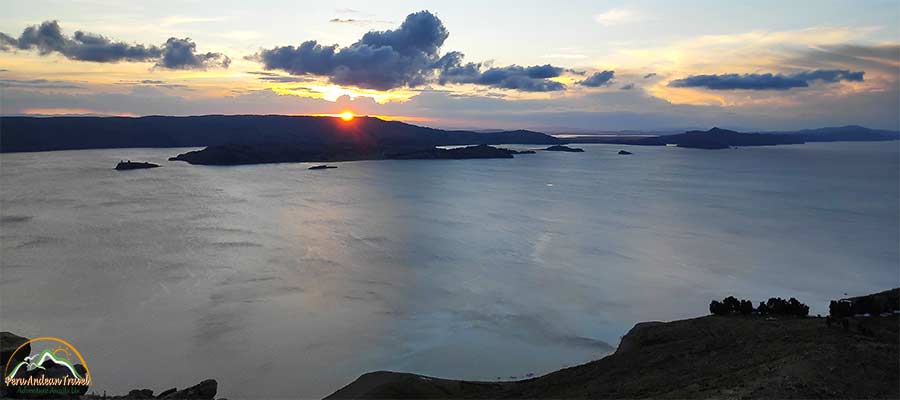
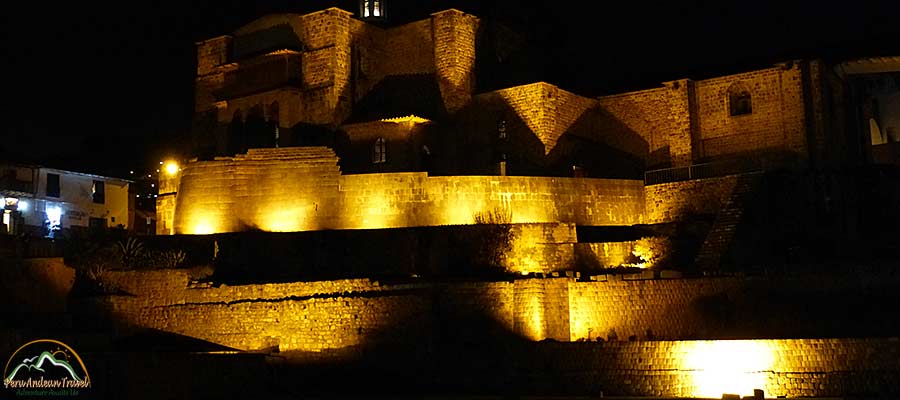
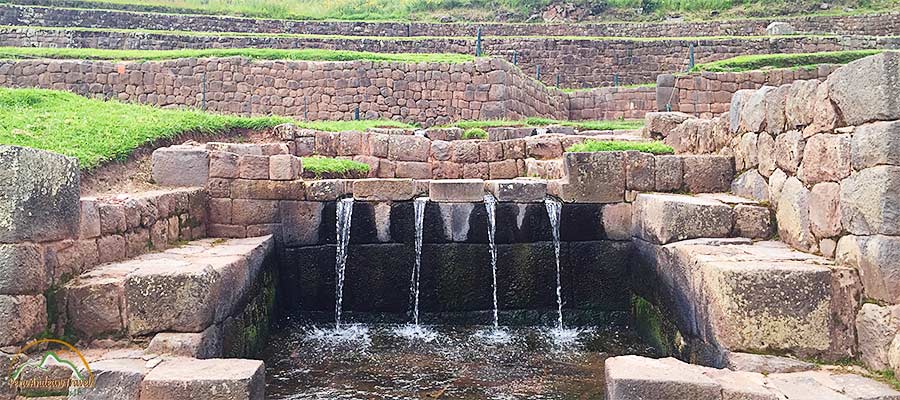
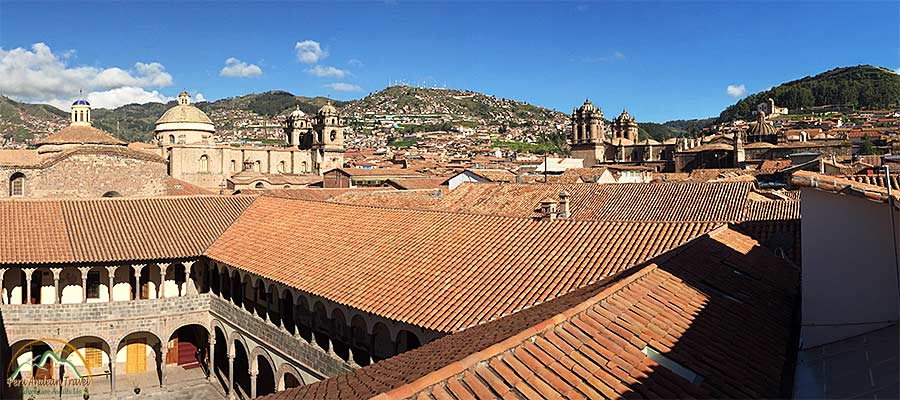
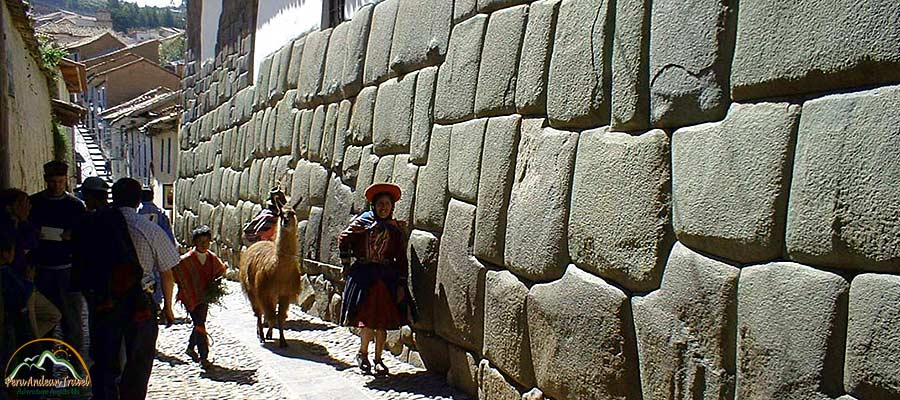
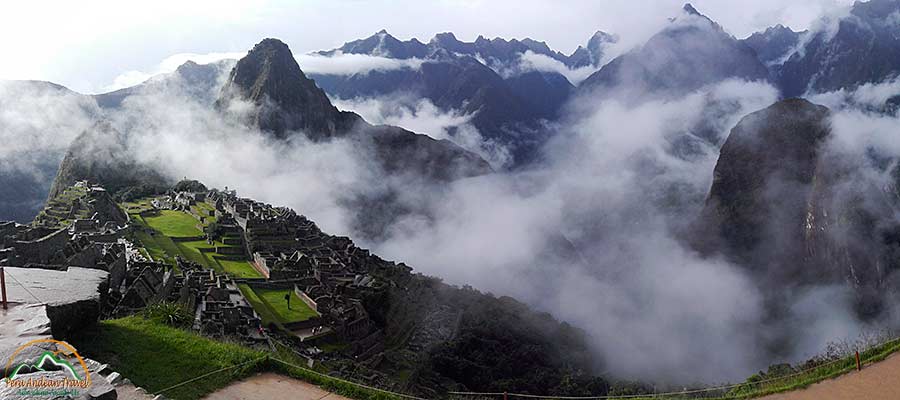
Leave us your comment